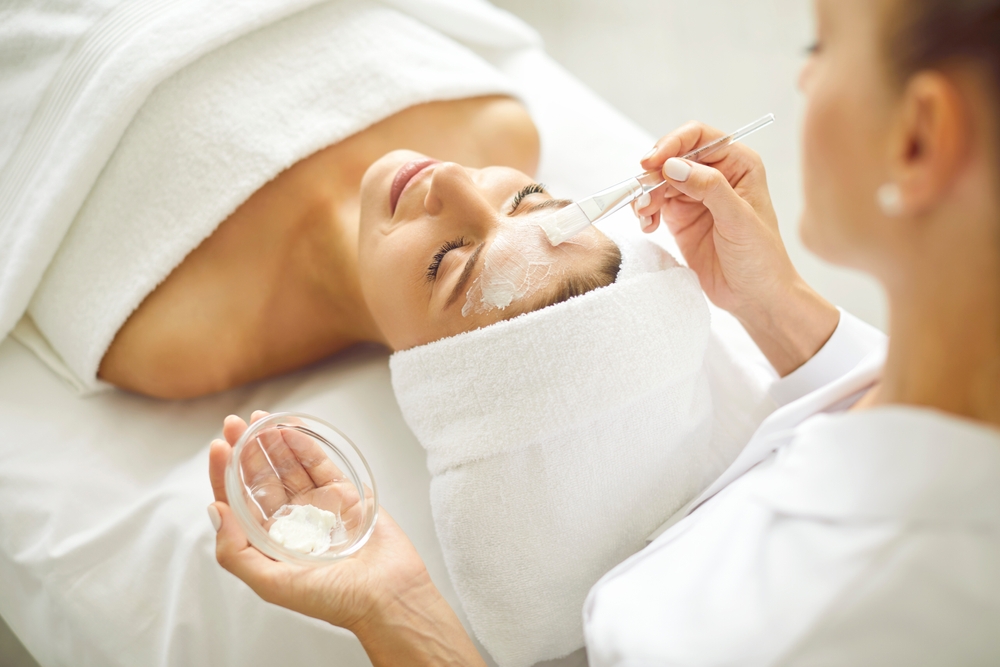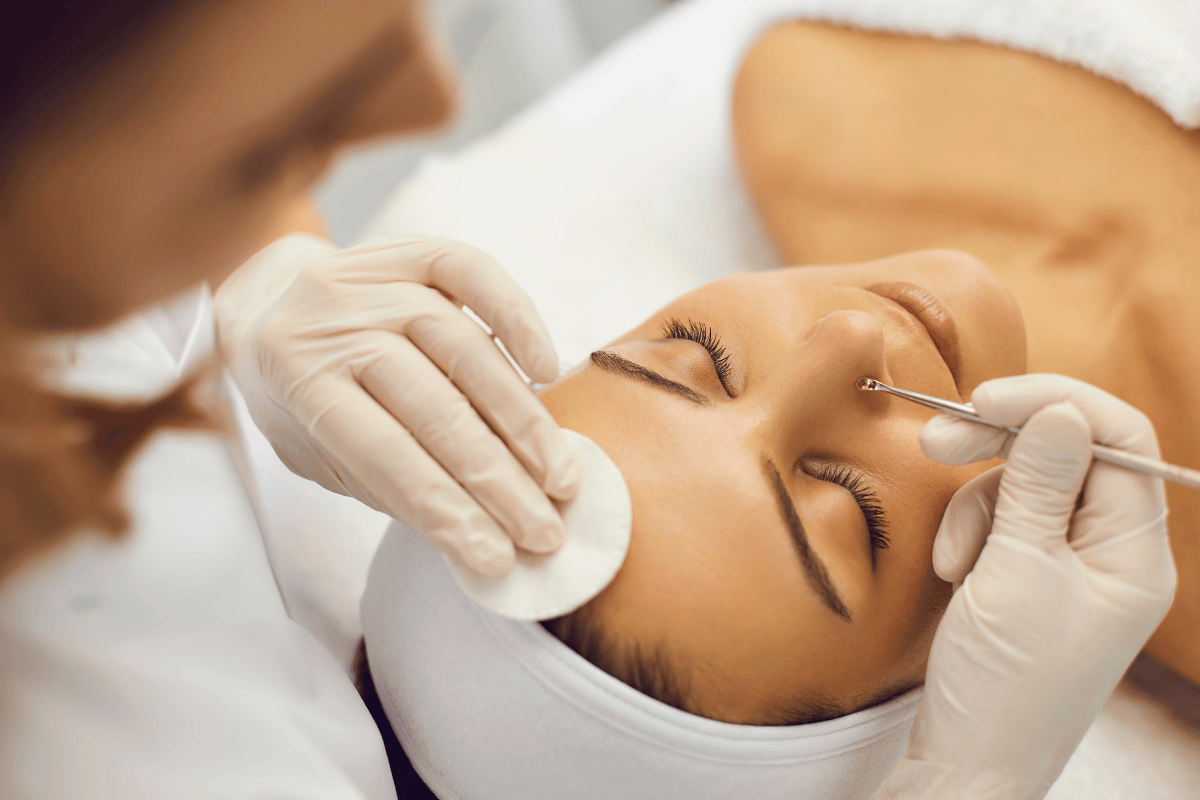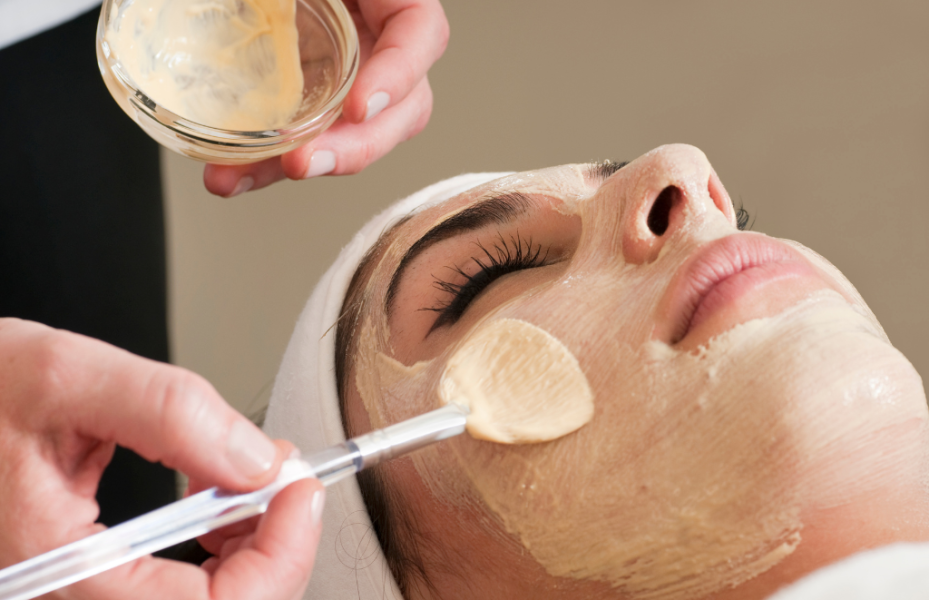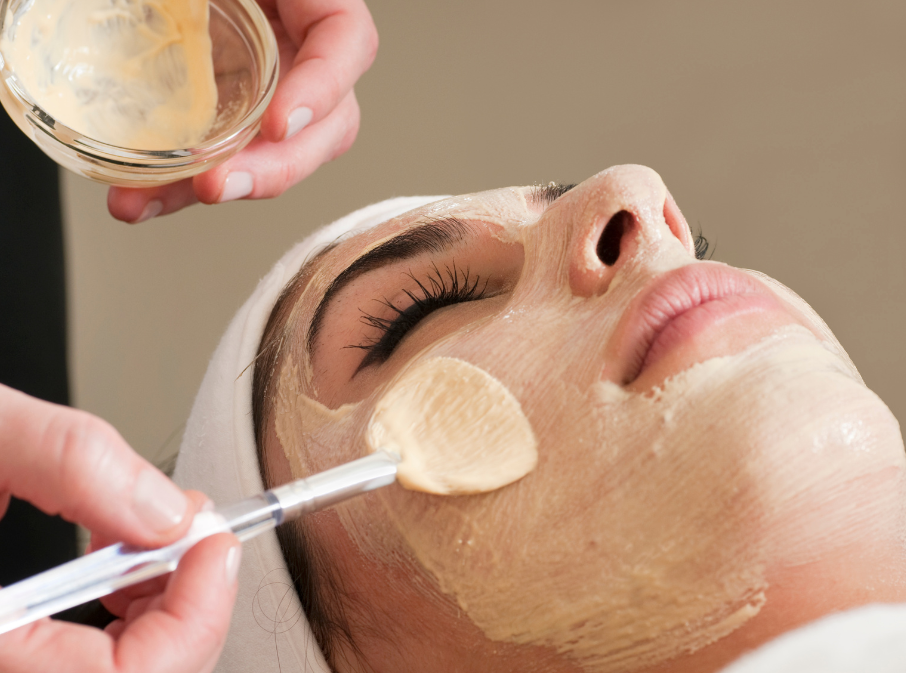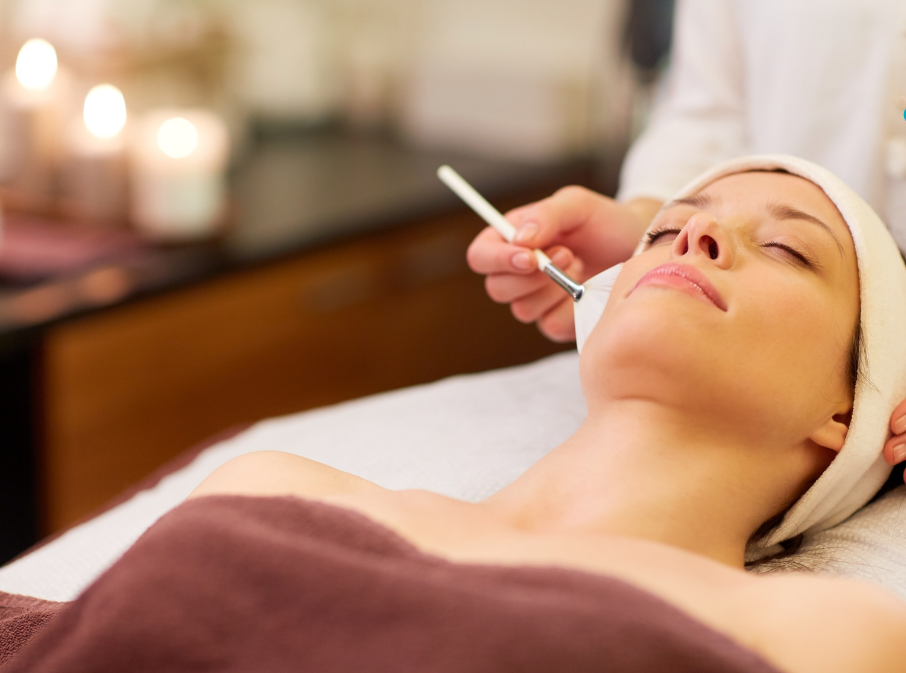Beauty
What Do Facials Do and How Often Should You Get Them? A Complete Guide to Skin Health and Facial Benefits
Facials are more than just a luxurious treat; they play a key role in maintaining healthy skin. They can address a wide range of skin issues, from acne and dehydration to aging and uneven tone. Whether you’re aiming to look radiant for a special event or seeking to maintain a clear complexion, facials can offer targeted treatments that elevate your skincare routine.
In this article, we’ll break down what facials actually do, the science behind their benefits, and how often you should get them to maximize results. Understanding the basics will not only help you pick the right facial treatment but also help you enjoy healthier, glowing skin long-term.
What Is a Facial?
A facial is a multi-step skin treatment that usually involves cleansing, exfoliation, extraction (if needed), massage, and the application of masks or serums. A professional esthetician customizes the facial based on your skin type and concerns, using a variety of tools, techniques, and skincare products to promote skin health and rejuvenation.
Key Benefits of Facials
1. Deep Cleansing
Facials go beyond what at-home cleansing can achieve. Estheticians use professional-grade cleansers and exfoliators to remove dirt, oil, and impurities from deep within your pores. This helps reduce the risk of breakouts and leaves your skin feeling refreshed.
2. Exfoliation and Removal of Dead Skin
One of the major benefits of a facial is the exfoliation process. By removing dead skin cells, your skin becomes smoother and more receptive to serums and moisturizers. This leads to a brighter complexion, reduced fine lines, and improved skin texture. Some facials even include chemical peels or microdermabrasion for more intensive exfoliation.
3. Hydration
Hydration is key to maintaining youthful, glowing skin. Facials often include moisturizing masks or serums that replenish hydration levels in the skin. Proper hydration helps your skin stay supple, reduces dryness and flakiness, and can improve the appearance of fine lines caused by dehydration.
It’s worth noting that facial masks are one of the most commonly used cosmetic products for skin rejuvenation. According to research published in the Journal of Cosmetic Dermatology, facial masks can be divided into four main categories: sheet masks, peel-off masks, rinse-off masks, and hydrogels. Each type offers unique benefits, particularly when chosen based on skin type and the specific ingredients used in the formulation. These masks help keep the skin moist and remove excess sebum, promoting healthy skin overall.
4. Improves Circulation
Facial massages improve blood circulation to the skin, which helps to oxygenate skin cells and promotes a natural, healthy glow. This process also assists in detoxifying the skin by increasing lymphatic drainage, reducing puffiness, and removing toxins.
5. Anti-Aging Effects
Many facials are designed with anti-aging benefits in mind. Specialized serums and masks containing antioxidants, retinoids, or peptides can stimulate collagen production, improve skin elasticity, and reduce the appearance of wrinkles and fine lines over time. Regular facials can also help delay the visible signs of aging by maintaining overall skin health.
6. Stress Relief
Skincare isn’t just about the physical benefits; facials also offer emotional and mental relief. The experience of a facial can be incredibly relaxing, helping to reduce stress and even improve mood. The combination of soothing music, aromatherapy, and massage makes facials a perfect opportunity to unwind.
7. Targeted Treatments
One of the most significant advantages of getting a professional facial is that it can be customized to address specific skin concerns. Whether you’re dealing with acne, pigmentation, sensitivity, or dullness, your esthetician can adjust the treatment accordingly.
How Often Should You Get Facials?
The answer to this question depends on your skin type, concerns, and budget. For most people, getting a facial every 4-6 weeks is ideal because that’s how long the skin renewal process takes. However, there are different recommendations based on individual skin needs.
1. Normal to Dry Skin
For those with normal to dry skin, a facial every 4-6 weeks is sufficient to maintain balance, hydration, and prevent early signs of aging. Dry skin types particularly benefit from regular moisturizing treatments that replenish lost moisture and keep the skin looking youthful.
2. Oily or Acne-Prone Skin
If you have oily or acne-prone skin, more frequent facials—around every 2-4 weeks—may be necessary, especially when tackling active acne or clogged pores. Regular deep cleansing, exfoliation, and extraction can help manage breakouts and reduce sebum production, ultimately improving the skin’s overall condition.
3. Sensitive Skin
People with sensitive skin should opt for facials designed specifically for delicate skin types and space them further apart—perhaps every 6-8 weeks. Estheticians can use gentle, hypoallergenic products that won’t irritate the skin, helping to reduce redness, irritation, and inflammation over time.
4. Mature Skin
For anti-aging treatments, a monthly facial can be incredibly beneficial. Regular facials that include collagen-stimulating treatments, like LED light therapy or microdermabrasion, can slow down the aging process by keeping the skin firm and reducing wrinkles. Over time, this can maintain skin elasticity and hydration levels, making the skin appear more youthful.
5. During Specific Skin Issues
If you’re dealing with a specific skin problem like hyperpigmentation or rosacea, your esthetician may recommend a more personalized facial plan. During flare-ups, they might suggest more frequent treatments to accelerate healing and reduce symptoms.
Final Thoughts
Facials are more than just pampering—they’re a powerful tool for maintaining and improving the health of your skin. From deep cleansing and exfoliation to hydration and anti-aging benefits, facials can address a wide variety of skin concerns. For the best results, aim to get a facial every 4-6 weeks, or as recommended based on your skin type and issues.
Regular facials, combined with a good at-home skincare routine, can significantly enhance your skin’s appearance and health over time. So, whether you’re looking to target specific problems or simply maintain a radiant complexion, incorporating facials into your beauty regimen is a great investment in your skin.
If you’re searching for expert facial services near you, Orderoo makes it easy to find personalized treatments tailored to your location, ensuring you receive the best care for glowing, healthy skin.
Frequently Asked Questions (FAQ) About Facials
A facial deeply cleanses, exfoliates, and nourishes the skin, promoting a clear, well-hydrated complexion. Facials can also target specific concerns like acne, fine lines, dehydration, and uneven skin tone through customized treatments.
For most people, getting a facial every 4-6 weeks is ideal because that’s how long the skin’s renewal cycle typically takes. However, frequency may vary depending on your skin type—those with acne-prone or oily skin may benefit from facials every 2-4 weeks, while sensitive skin types may need less frequent treatments, around every 6-8 weeks.
Common types of facials include classic facials, acne facials, hydrating facials, anti-aging facials, and brightening facials. Each type is designed to address specific skin concerns, such as deep cleansing, hydration, anti-aging, or evening out skin tone.
Yes, facials designed for acne-prone skin can help reduce breakouts by cleansing pores, reducing excess oil, and exfoliating dead skin cells. Estheticians often use products with salicylic acid or other acne-fighting ingredients to target active acne and prevent future breakouts.
Before a facial, avoid heavy exfoliation or using strong skincare products like retinoids to prevent irritation. After a facial, follow your esthetician’s advice, usually focusing on gentle skincare and sun protection. It’s recommended to avoid heavy makeup, sun exposure, or activities like waxing for at least 24-48 hours post-treatment.
Yes, facials can have anti-aging effects, particularly when they include ingredients like antioxidants, retinoids, peptides, or treatments that stimulate collagen production. Regular facials help keep skin firm, hydrated, and can reduce the appearance of wrinkles and fine lines over time.
Facials can be beneficial for sensitive skin when performed with gentle, hypoallergenic products designed to soothe and calm irritation. It’s important to work with a qualified esthetician who can tailor the treatment to your skin’s needs.
Yes, you can easily find professional facial services tailored to your location through platforms like Orderoo, which connects you to personalized skincare treatments, ensuring you receive expert care for glowing, healthy skin.


